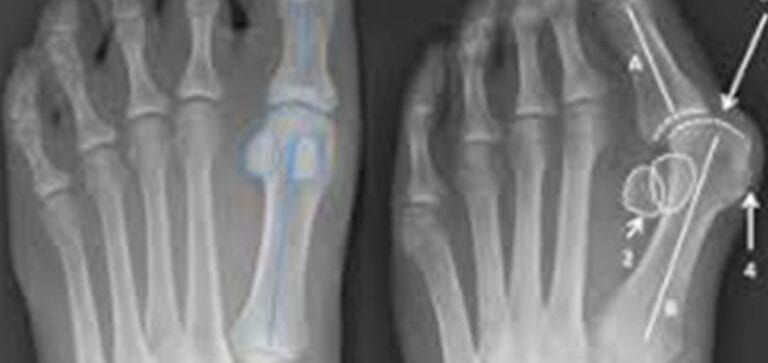The short answer from an orthopaedic surgeon
A: Bunions are common, annoying and painful. Just because you have one doesn’t mean you should rush to surgery. But don’t ignore it either, as untreated bunions can lead to other foot deformities.
With a bunion, the big toe bends toward the second toe, creating a bump at the base of the toe. The bump can become red and swollen. Certain medical conditions, such as rheumatoid arthritis, can raise your risk for developing bunions. But the most common culprit is genetics. You probably inherited a foot shape and biomechanics that puts excess pressure on the big toe.
We recommend seeing a podiatrist who can make an evaluation and help with nonsurgical measures. Properly fitted shoes and shoe inserts with arch support are the place to start. Shoe size and width can change with age, so make sure your shoes are the right size. Choose shoes that have a good heel counter and room for a shoe insert.
Every time you take a step, you put about one-third of your body weight on the long bones in the middle of the foot that connect to the bones in the toes. Using a shoe insert with arch support can more evenly distribute your weight off the bunion area. You can get shoe inserts in a drugstore or have them custom made. A shoe insert can be modified with a soft pad or bar under the ball of the foot to take more weight off the toe, which helps some people.
You can also get pads that fit between the toes to separate them or a sleeve that goes over the bunion to decrease friction.





